And the lag between deaths occurring and being registered
We now provide modelled estimates of death occurrences to remove these
The chart below shows both registrations and modelled occurrences across 2020
2/11
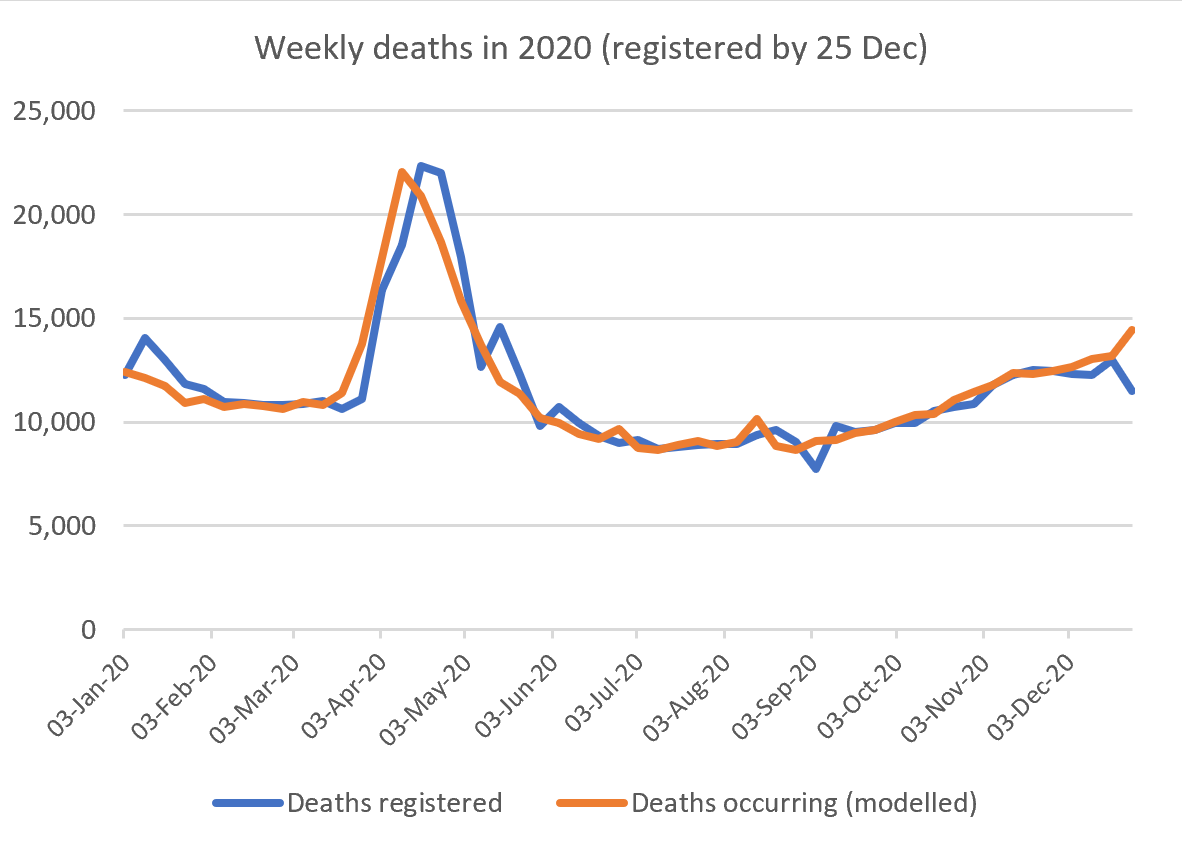

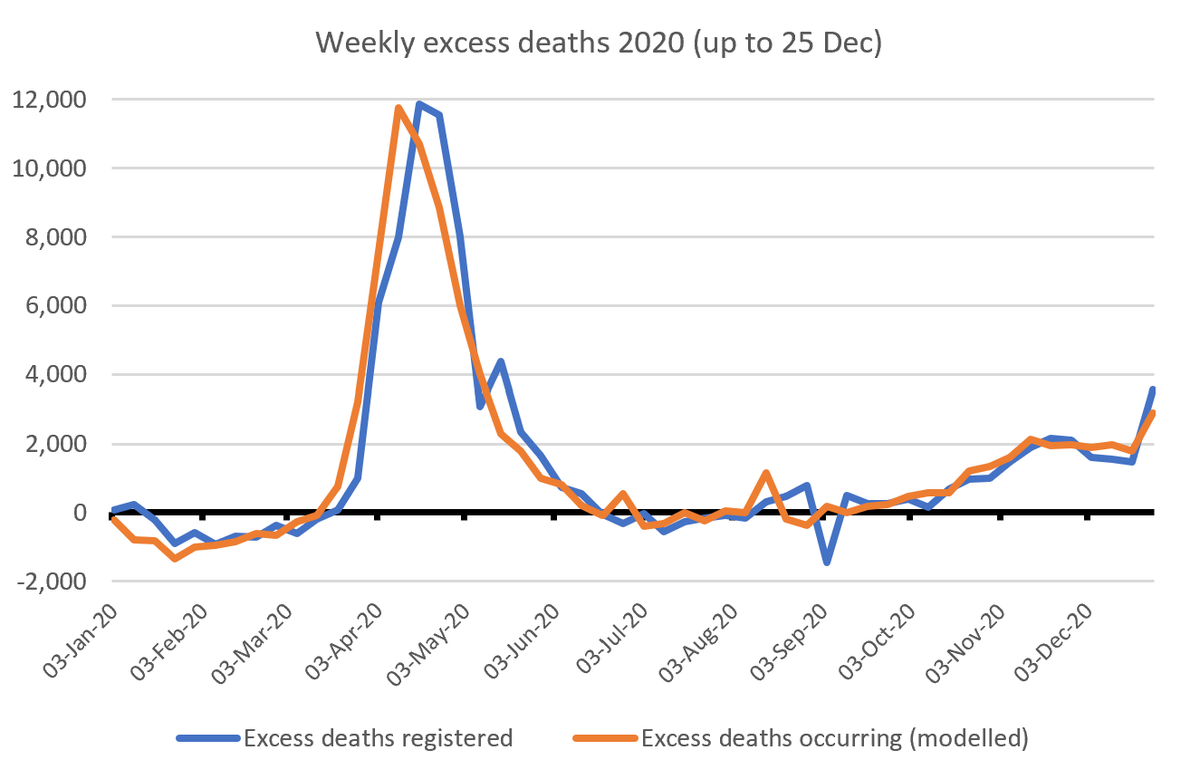
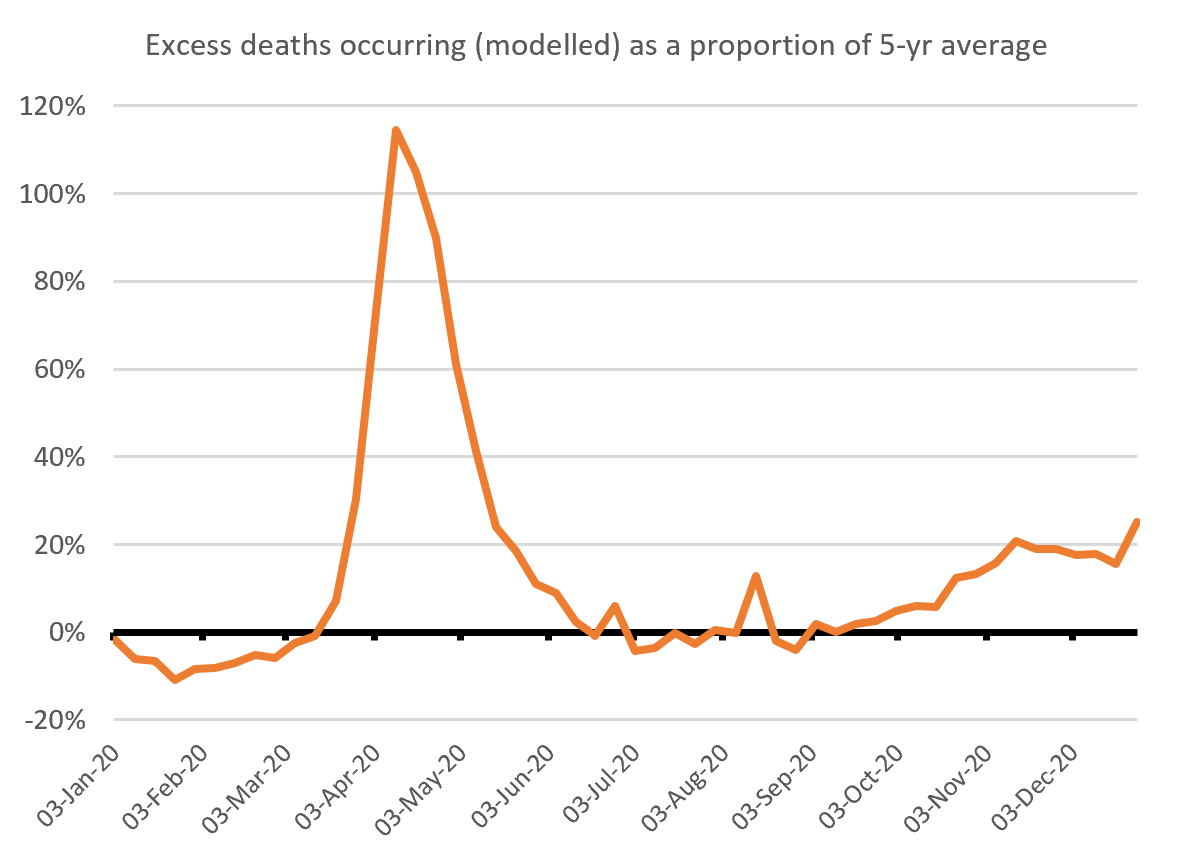
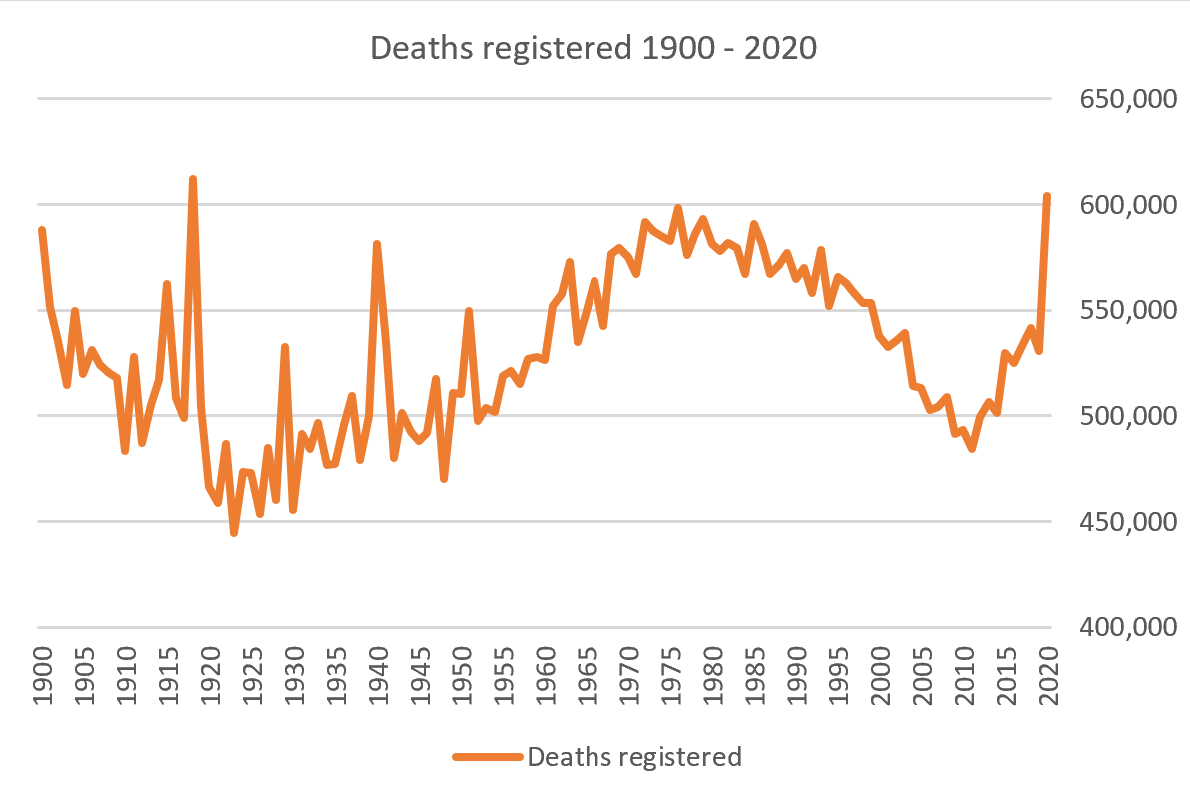
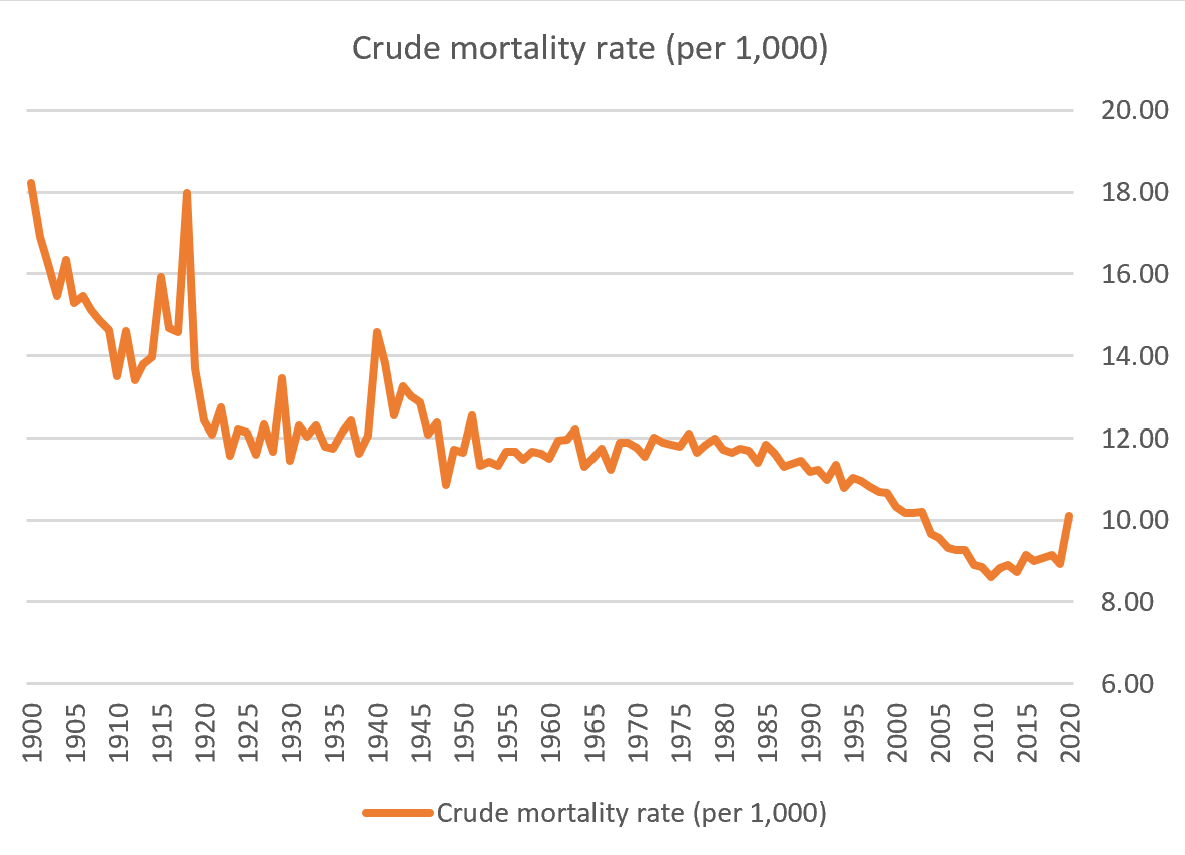
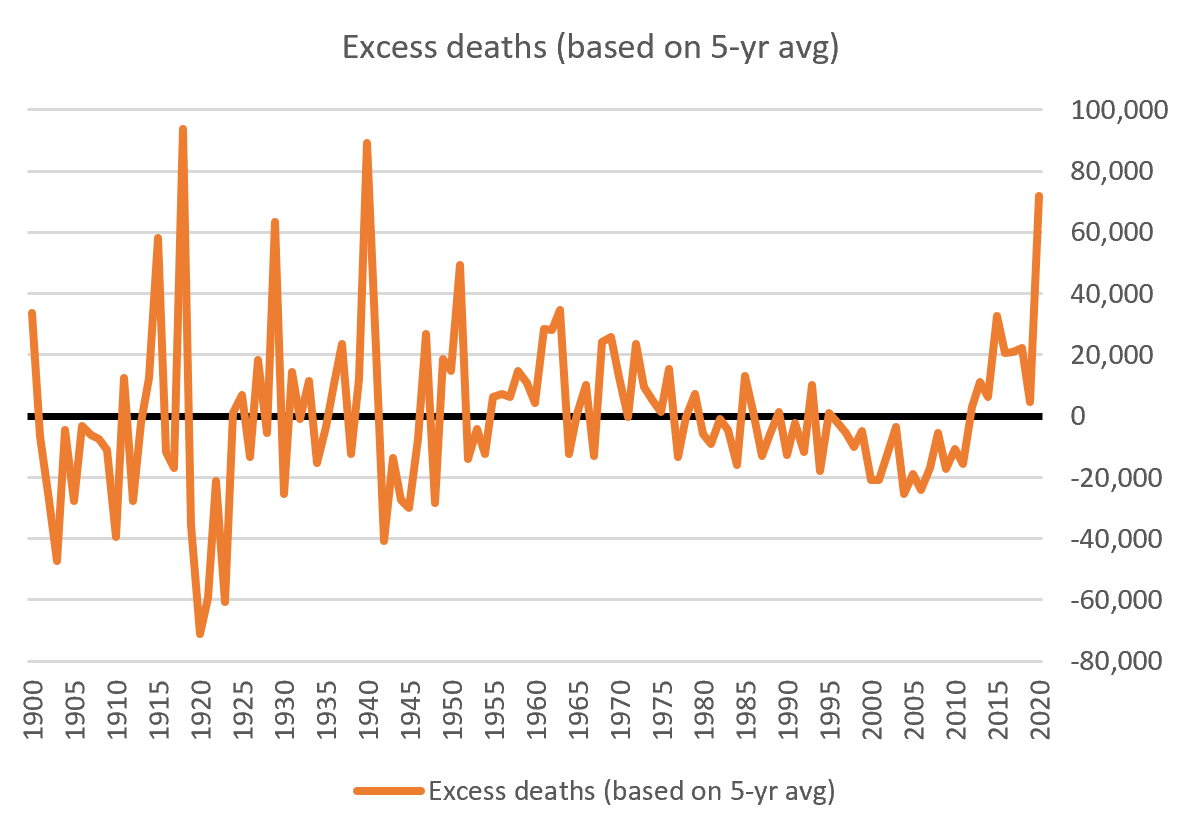
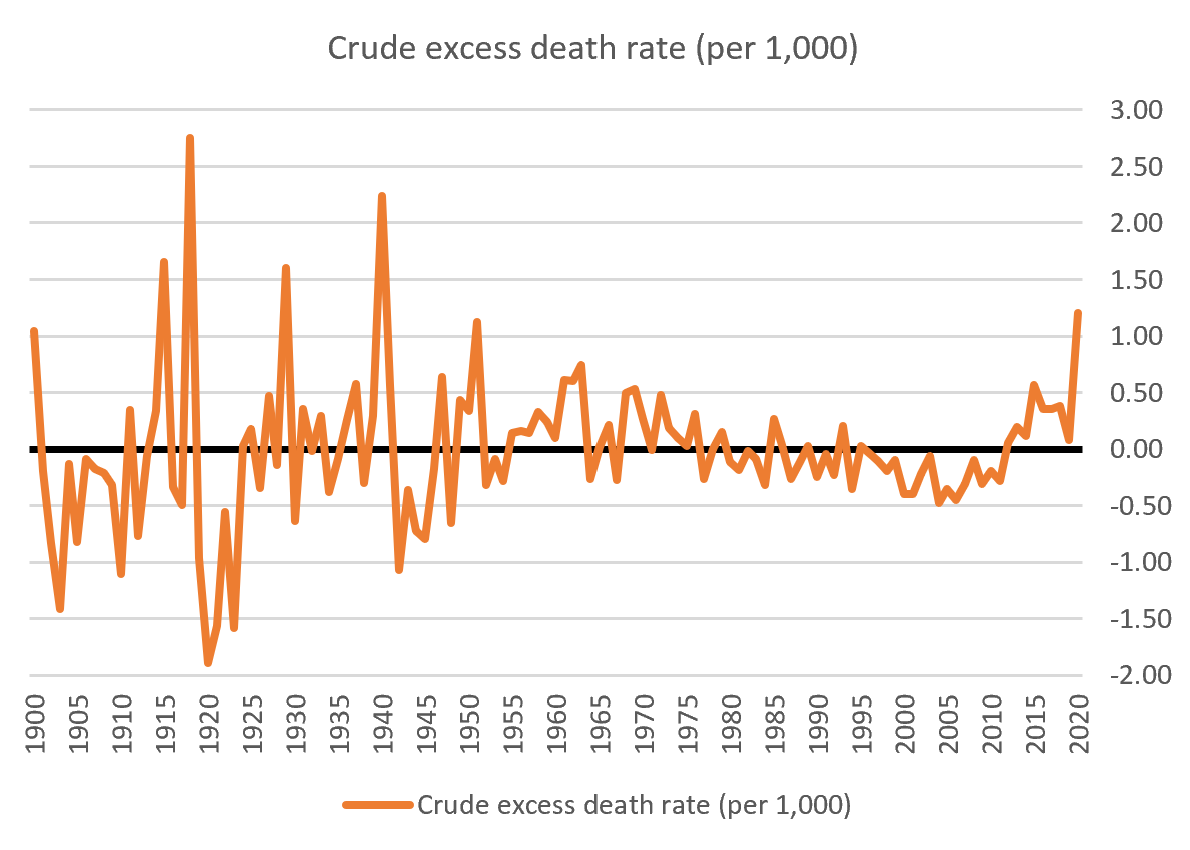
THREAD \u2013 COVID logic
— Nick Stripe (@NickStripe_ONS) December 29, 2020
More cases = more potential for COVID to spread and mutate
More spread = more serious illness
More serious illness = more pressure on the health service
If overstretched = more deaths, limited resource for other care, longer term health issues build up
1
We\u2019ve released our latest bulletin for deaths registered in England and Wales, week ending 25 December 2020.
— Office for National Statistics (ONS) (@ONS) January 6, 2021
The number of deaths registered was impacted by the Christmas Day bank holiday and trends should be interpreted with caution https://t.co/wifM4rin3R
I interviewed 5 billionaires this week
— GREG ISENBERG (@gregisenberg) January 23, 2021
I asked them to share their lessons learned on startups, life and entrepreneurship:
Here's what they told me:
To outperform, you need serious competitive advantages.
— Sahil Bloom (@SahilBloom) March 20, 2021
But contrary to what you have been told, most of them don't require talent.
10 competitive advantages that you can start developing today:
I\u2019ve gotten a lot of bad advice in my career and I see even more of it here on Twitter.
— Nick Huber (@sweatystartup) January 3, 2021
Time for a stiff drink and some truth you probably dont want to hear.
\U0001f447\U0001f447
THREAD: 10 significant lies you're told about the world.
— Julian Shapiro (@Julian) January 9, 2021
On startups, writing, and your career: